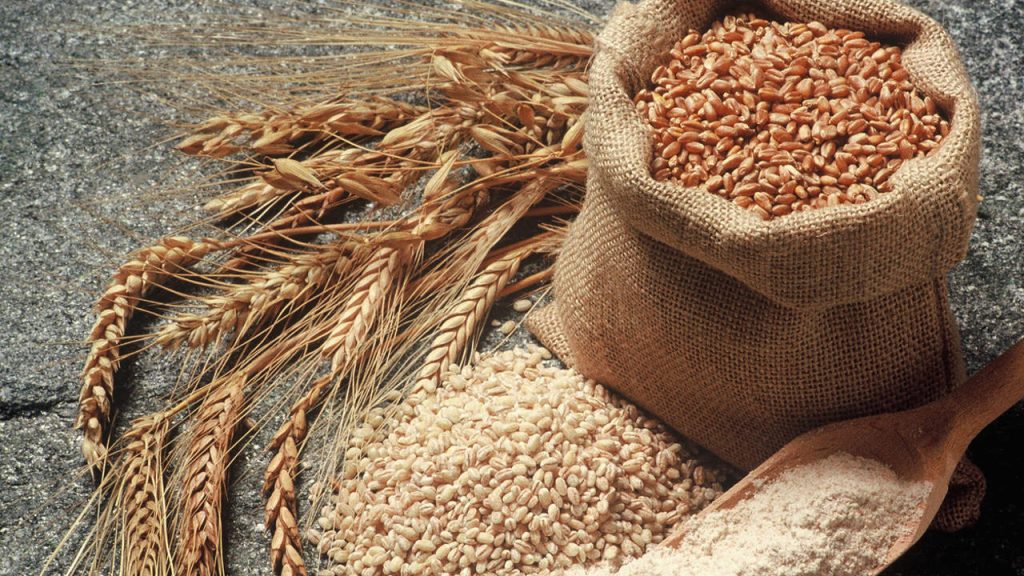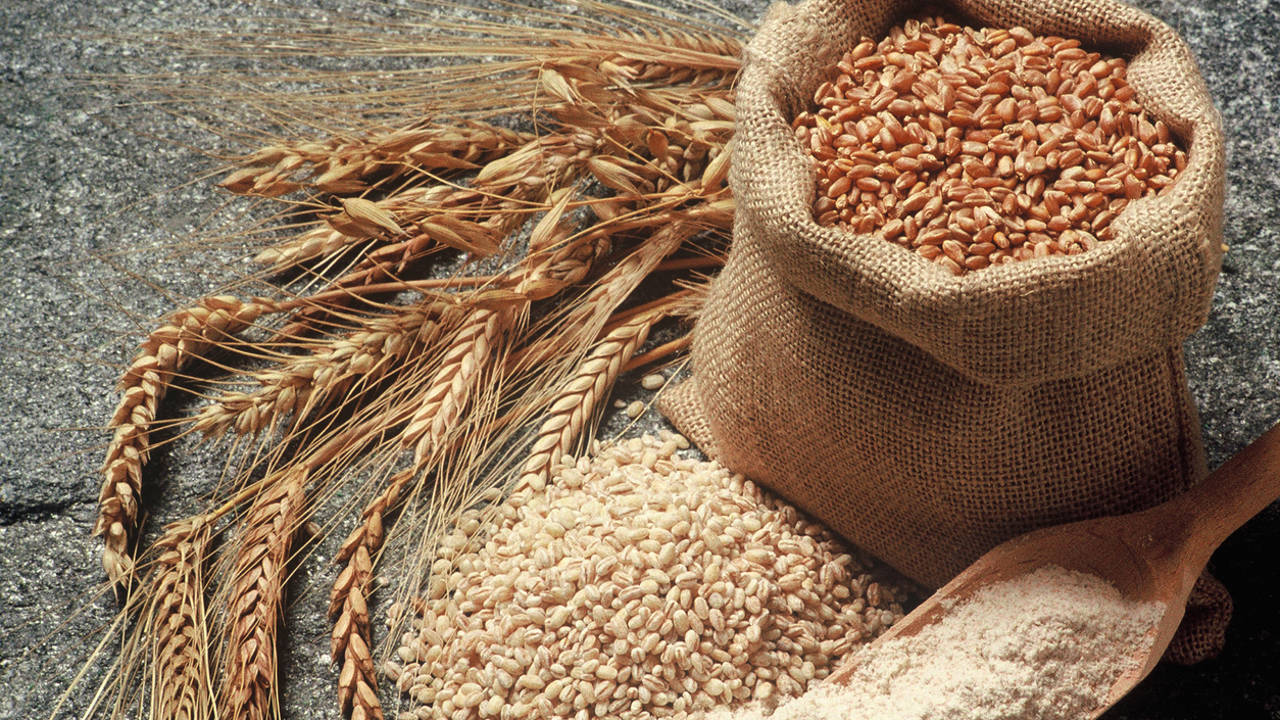Wheat is difficult for some people to digest and its fame has waned. In contrast, spelt has a healthy, natural image and easy to metabolize food. But is all that really true?

Wheat and spelt are cereals that provide energy and micronutrients to the diet. Together with rye they are the most cultivated in Europe. Of the three, wheat is the most successful for its ability to adapt to different climates and for its yield.
SIMILARITIES AND DIFFERENCES: WHEAT VS SPELT
Wheat is the grain that has changed the most due to mass cultivation. This rounded, golden yellow grain loves heat and light and also tolerates dry soil.
Its wild form comes originally from Asia Minor. The oldest finds date back to between 7,800 and 5,200 BC.
There are currently more than a thousand different types of wheat, which are roughly divided into two broad categories: durum wheats and soft wheats.
- Durum wheat (Triticum durum) is suitable for noodles, pasta and semolina thanks to its stable starch structure and higher protein content.
- Soft wheat (the most cultivated, the most common is Triticum aestivum), on the other hand, is ideal for bread and pastries. Thanks to the high gluten content, wheat dough becomes voluminous and elastic.
In any case, common wheat is superior to spelt (Triticum spelta) in one respect, for the farmer, it offers significantly higher yields than spelt. It is the type of grain that is most commonly grown because wheat grains are very easily released and easy to process.
IS SPELT BETTER THAN WHEAT IN OTHER WAYS?
Spelt also originally comes from Asia Minor. Spelt remained very popular until around 1900, when it was replaced by wheat.
What many people don’t know is that spelt is a type of wheat. Both types of cereals come from the genus Triticum. However, unlike wheat, spelt yields cannot be increased with fertilizers and it is more difficult to grow. In addition, the spelt grain is surrounded by a hard and dense shell, which makes it difficult to process.
SPELT CONTAINS MORE GLUTEN
Spelt contains slightly more protein, magnesium, zinc and iron than wheat. However, the differences are small. Contrary to what many people assume, spelt actually contains more gluten (gluten protein) than wheat.
If you have gluten intolerance, spelt is no better tolerated than wheat. Thanks to gluten, spelt has excellent baking properties, as gluten provides a voluminous mass. Therefore, spelt, with its fine nutty aroma, is as suitable as wheat for baking bread, buns, cakes and cakes.
IS SPELT HEALTHIER THAN WHEAT?
“Spelt is healthier and better tolerated than wheat”: statements like this are read and heard over and over again. But in reality, so far there is a lack of scientific evidence in this regard.
According to a current release from the German Federal Institute for Risk Assessment (BfR) from January 2023, no significant clinical data demonstrating a lower allergenic potential of spelt compared to commercial wheat have currently been published.
In addition, spelt and soft wheat are very similar in terms of their potentially allergenic components (their protein molecules), so a similar allergic potential can be assumed.
Within the framework of this statement, the BfR conducted a representative survey and concluded that only a few people know that spelt is a type of wheat. And only one in five people assumed that spelt had similar allergenic potential to wheat.
WHEAT VERSUS SPELT, IT’S ALL ABOUT PREPARATION
Many people suffer from bloating, diarrhea, or stomach pain after eating bread. But, contrary to what many people assume, this is not necessarily due to the type of grain, but rather to the way it is prepared.
Sometimes ready-made baking mixtures with enzymes and artificial additives are used for industrially produced bakery products. In addition, the rest and lifting times are much shorter than when making hand-baked products.
Artisanal bread stays fresh longer, contains fewer additives and, above all, is easier to digest than industrially made bakery products.
Because so-called FODMAPS (Fermentable Oligosaccharides, Disaccharides, Monosaccharides and Polyols), hard-to-digest types of sugar, break down better with longer rest periods.
Therefore, if you have problems with bread and buns, you should pay attention to the baked goods you buy. A good place to buy good bread are organic artisanal bakeries, where no prepared baking mixes, additives or frozen pieces of dough are used. In addition, they prefer regional suppliers and use organic ingredients.
WHEAT AND SPELT, WHOLE GRAINS RICH IN VITAMINS, MINERALS AND FIBER
In summary, it can be said that spelt is not necessarily healthier than wheat. If you want to eat healthy, you need to make sure your baked goods are handmade and from whole grains to absorb as much vitamins, minerals, and fiber as possible.








